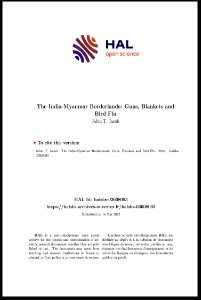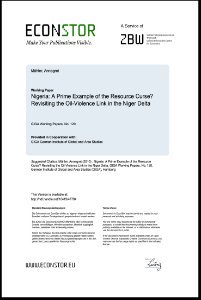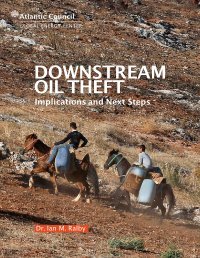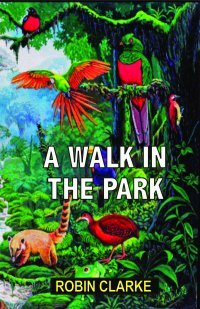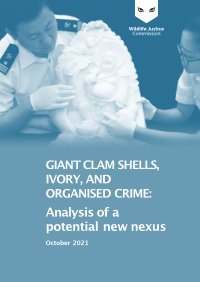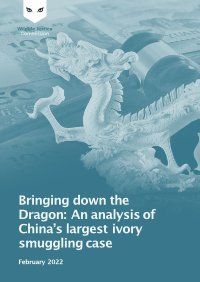By Laura Trajber Waisbich, Terine Husek and Vinicius Santos
The ecosystem of environmental crime in the Amazon is largely to blame for the current levels of deforestation and degradation of the biggest tropical forest on the planet. Several illegal economic activities, representing the main drivers of destruction in the river basin, take a heavy toll on the forest and its inhabitants. Based on an analysis of the spatial distribution of the Federal Police operations to fight environmental crime in the Legal Amazon between 2016 and 2021, this study highlights the hotspots for a range of illicit forest-based economic activities in the region, while also showing how other locations within and outside the Brazilian Amazon form part of a broader nexus of environmental crime. The study reviewed more than 300 Federal Police operations and identified 846 territories that make up the ecosystem of environmental crime in the Amazon. These territories are located in 262 municipalities, both in the Legal Amazon and beyond its borders. Of the cities mapped, 75% are located in the Legal Amazon, 22% are in other regions of Brazil and 3% are in neighboring countries. These territories are where environmental and associated crimes converge to fuel illegal deforestation, illegal logging, public land grabbing (known as grilagem, in Portuguese), agriculture and livestock rife with environmental illegalities and illegal mining.
Rio de Janeiro, Brazil: Igarape, 2022. 58p.






